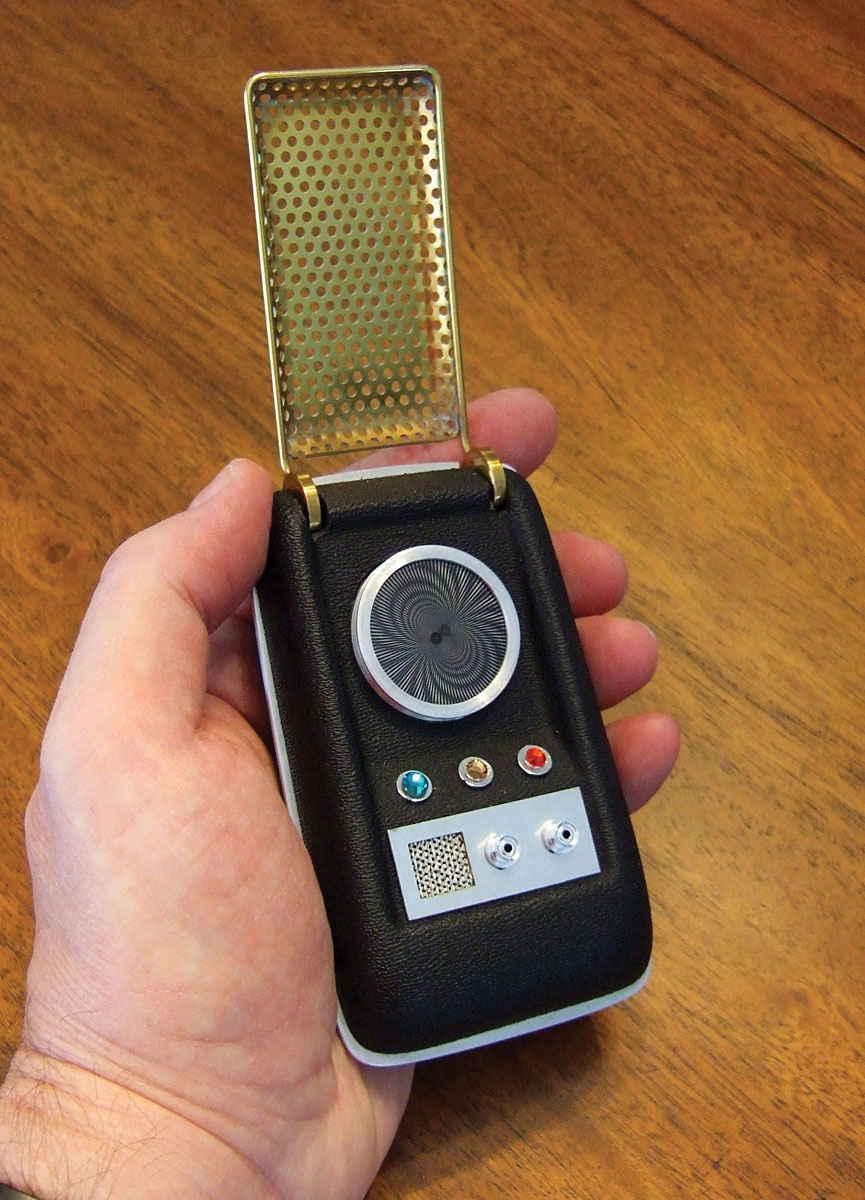
If you could ask someone in the 1960s what they expected the 2020s to look like, they might mention flying cars and robot maids. And while Roombas are the closest we get to Rosey from the Jetsons, our houses are getting more futuristic with every passing year, thanks to smart home devices. You would be hard pressed to find a freshly built home these days that does not have at least one smart appliance, whether it’s a smart lock, a smart light, a smart fridge, or some other brainy appliance. These home features are built to make life easier for you, offering unparalleled convenience.
But to make them smart, all these appliances have to connect to your WiFi, which also makes you vulnerable to hackers and cybercriminals. We’re not talking about burglars who will break in to steal your stuff, but rather those that can break into your home network to steal your data or even spy on you. While there isn’t much data on how frequently attacks like this happen, experts agree it’s a problem requiring precautionary measures. Anton Dahbura, the executive director of the Johns Hopkins University Information Security Institute, and Bruce Young, program lead and instructor of cybersecurity at Harrisburg University of Science and Technology, emphasize the importance of proactive protection, especially as smart devices become more ingrained in our daily lives.
As billions of IoT devices flood homes globally, a consistent pattern is emerging: smart home technology often lags significantly in cybersecurity standards. Whether it’s a simple smart plug or a sophisticated surveillance system, many connected devices lack even the most basic protections against smart device vulnerabilities. This presents a critical concern, as a compromise in just one device could potentially put your entire home network at risk. This article will shine a light on specific device categories and inherent risks, offering clear, actionable advice from security experts to help you fortify your connected home against these evolving threats.
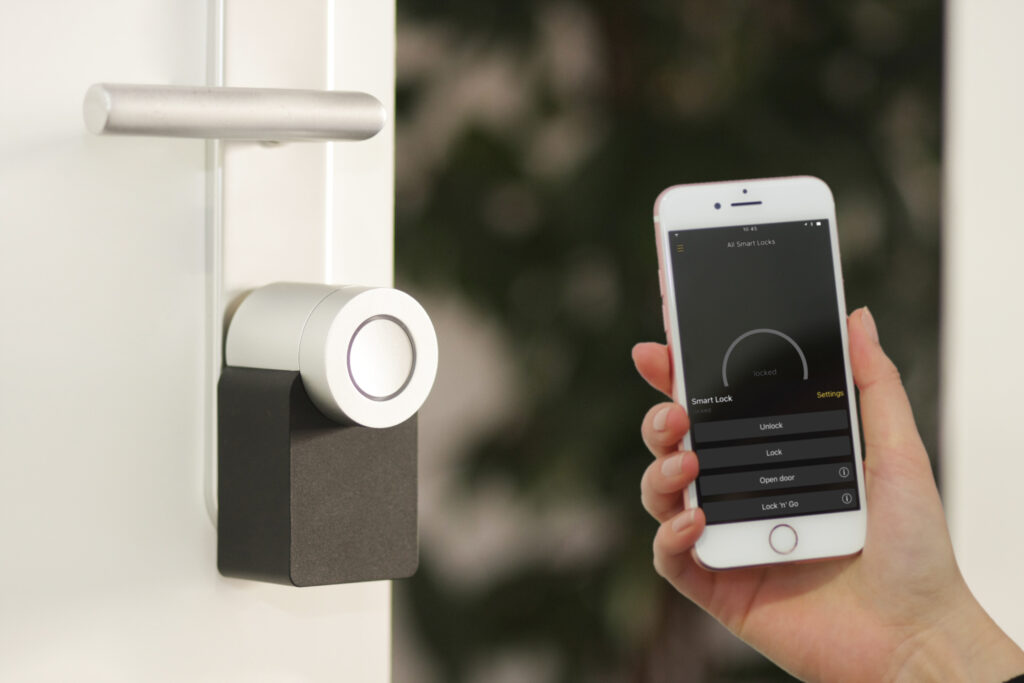
1. **Smart Locks and Alarms**
Smart locks and security systems are designed to provide peace of mind and enhanced control over your home’s physical security. However, this convenience often comes with a hidden layer of digital vulnerability that can undermine their very purpose. The promise of remote access and instant alerts can create a false sense of security, especially when these devices are not adequately protected against cyber threats.
Real-world studies have revealed alarming weaknesses in these essential home security components. For instance, a 2022 study uncovered vulnerabilities in Sceiner smart locks, demonstrating that remote unlocking was possible through firmware manipulation. This means that a sophisticated attacker, without needing physical access, could potentially bypass your security and gain entry to your home, turning your smart lock into a critical liability rather than a safeguard.
Beyond direct unlocking, other smart security systems have proven susceptible to sophisticated bypass techniques. These include methods like jamming or being circumvented using radio interference and over-the-air (OTA) exploit techniques. Cybercriminals, through these tactics, may gain control of the devices, lock out the user, or disrupt their functionality entirely. Such breaches highlight how vital it is for homeowners to understand the digital weaknesses that can impact their physical safety.
To safeguard your smart locks and alarms, start with the fundamentals. Always choose strong, unique passwords that are difficult to guess and never use default credentials. It is also paramount to purchase devices from reputable companies known for their commitment to security and regular updates. Furthermore, ensure you regularly update your device software to patch any known vulnerabilities. Finally, enable two-factor authentication wherever available, adding a critical layer of defense against unauthorized access attempts.
Read more about: Consumer Alert: Uncovering the Top 12 Car Parts Thieves Steal and How to Safeguard Your Vehicle

2. **Baby Monitors (and connected cameras)**
For many parents, a smart baby monitor offers invaluable peace of mind, allowing them to keep a watchful eye on their little ones from anywhere. Yet, the story of Ellen and Nathan Rigney serves as a chilling reminder of the dark side of these devices. They woke one midnight to a sicko growling at their sleeping 4-month-old baby via a baby monitor hooked up to a Nest camera, with the pervert claiming to be in the house with them. This deeply unsettling incident underscores the profound sense of violation when such personal spaces are breached.
The vulnerability of baby monitors and other connected cameras stems from their internet connectivity. Bruce Young notes that hackers could, in theory, conduct surveillance through cameras and microphones. A study from the journal *Computers in Human Behavior* reinforces this, highlighting that devices like Ring doorbell cameras and baby monitors, when connected to your WiFi, pose a risk of sensitive information being accessed. The Rigneys’ experience clearly shows how easily an easy-to-crack password could allow a cybercriminal to commandeer a device and, by extension, invade a private space.
This surveillance risk isn’t limited to just baby monitors. Websites are even devoted to exposing home devices that aren’t protected, showing camera outputs in real-time for anyone to watch. Such access not only allows for potential voyeurism but can also provide criminals with intelligence about your home’s occupancy and routines. The feeling Ellen Rigney described – “You have something that’s supposed to make you feel better, and instead it makes you feel the opposite. It makes you feel invaded and uncomfortable” – perfectly encapsulates the psychological toll of such a breach.
To protect your home and loved ones from this horrifying possibility, upgrading your router to WPA3 security is a critical first step. WPA3 technology, which replaced WPA2 in 2020, significantly hinders would-be snoopers from snatching even simple passwords and makes it impossible for them to listen in on your home traffic. For an ironclad layer of protection, consider installing a quality VPN over your entire network via your router. This encrypts all traffic, making it exponentially harder for unauthorized parties to eavesdrop or gain access. Remember, you don’t even need to share your password to give visitors access to your WPA3-protected Wi-Fi network; you can simply share a QR code.
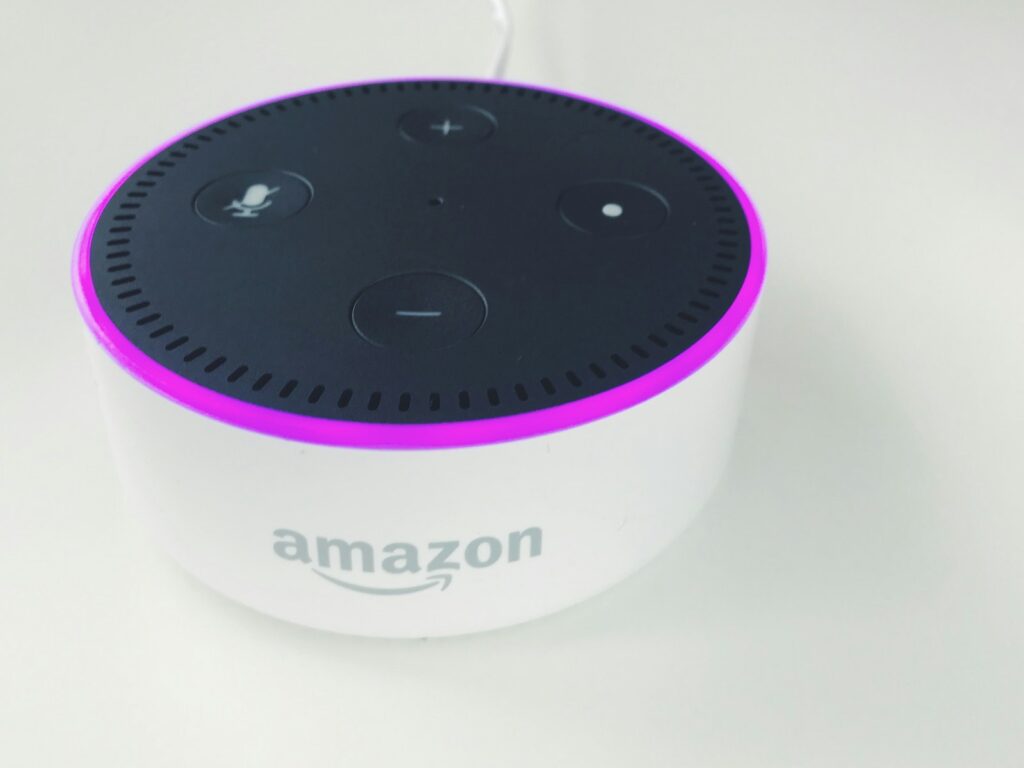
3. **Voice Assistants (Google Home, Amazon Alexa)**
Voice assistants like Amazon Echo and Google Nest have revolutionized how we interact with our homes, bringing unparalleled convenience to daily tasks. From checking the weather to adding groceries to your list, these devices save time and streamline routines. However, this always-on listening capability also introduces significant security and privacy risks that extend beyond mere convenience, often with surprising and costly consequences.
One of the most immediate financial threats comes from unauthorized purchases. Take the Dallas family whose 6-year-old daughter asked Alexa to buy her a KidKraft Sparkle Mansion dollhouse and four pounds of sugar cookies, resulting in a $160 Amazon tab. This “voice purchasing” feature, if not properly secured, can lead to unexpected bills. It’s not just children; in 2017, an African Gray Parrot named Buddy even managed to order $12 decorative gift boxes from Amazon by imitating its owner’s voice, highlighting the potential for even non-human entities to exploit these systems.
More concerning are the profound privacy breaches. An Oregon couple experienced this firsthand when Alexa accidentally woke up and started recording a conversation about hardwood floors. In a secondary fluke, Amazon heard “send message,” likely from a TV in the background, which then sent the private voice recording to an employee in the husband’s contact list. This incident reveals a critical vulnerability: everything Alexa records is sent to the Amazon cloud for instant analysis and, unless manually deleted or set to expire, stays on their servers indefinitely. This constant listening means accidental recordings, potentially containing sensitive information, are not uncommon; a Bloomberg report cited by Reader’s Digest suggests about 100 accidentally recorded transcripts are sent to Amazon daily.
To mitigate these risks, implementing strict parental controls is paramount. For Amazon Echo, access the app settings, find Voice Purchasing, and set up a four-digit PIN that should not be shared with children. Google Nest users can simply disable “Pay through your Assistant” on the Google Home app. For privacy, consider physically switching off the microphone on your device, especially if it’s in a sensitive area like a bedroom or living room with a TV nearby. It’s also a prudent practice to set your Alexa cache to delete itself every three months, limiting the duration Amazon retains your voice data.
Read more about: Beyond the Wake Word: Unmasking the Hidden Risks of Smart Home Devices Listening to Your Conversations

4. **Smart Lightbulbs**
Smart lightbulbs are rapidly transforming home illumination, offering benefits like healthier sleep patterns and significant reductions in electrical waste. Despite higher upfront costs, which are steadily decreasing, clever bulbs, much like smart thermostats, promise substantial savings on electricity bills over the long term. This combination of convenience and cost-efficiency has fueled an $8 billion smart bulb market, projected to reach $28 billion before the decade is out.
However, beneath this veneer of innovation lies a surprising and significant security flaw – a microchip-sized hole that even smart bulb executives didn’t anticipate. In 2019, professors at the University of Texas at San Antonio conducted groundbreaking research. They aimed to determine if they could hack into a smart bulb through the infrared light it emitted, a concept that sounds like something out of science fiction. Remarkably, it worked.
From a distance of up to 50 meters, these scientists successfully harnessed the light waves emitted by the smart bulbs. This allowed them to communicate with any other devices connected to the network. More critically, it enabled them to peer at and snatch any data circulating over the Wi-Fi network—including video, photos, messages, and emails—all completely unobserved. This discovery revealed an entirely unexpected vector for network compromise, transforming seemingly innocuous light fixtures into potential data siphons.
Given this profound vulnerability, smart bulb manufacturers like NanoLeaf and Philips face an urgent need to address these security concerns. In the interim, homeowners must take protective measures. The most effective strategy is to corral your smart bulbs into a central smart hub. By doing so, the bulbs communicate with each other and the hub, rather than openly over your main Wi-Fi network. This isolation significantly reduces the chances of eavesdroppers exploiting the infrared light vulnerability to access sensitive data circulating through your home. It’s a vital step to ensure your clever lighting doesn’t inadvertently cast a shadow over your network security. Furthermore, remember that LED smart lights are considerable money savers, with an LED bulb costing about $1 per year to run compared to its incandescent cousin’s $7, leading to potential savings of $240 annually for the average U.S. home.
Read more about: The 13 Most Common Causes of Car Fires That Mechanics Want You to Know to Keep You Safe
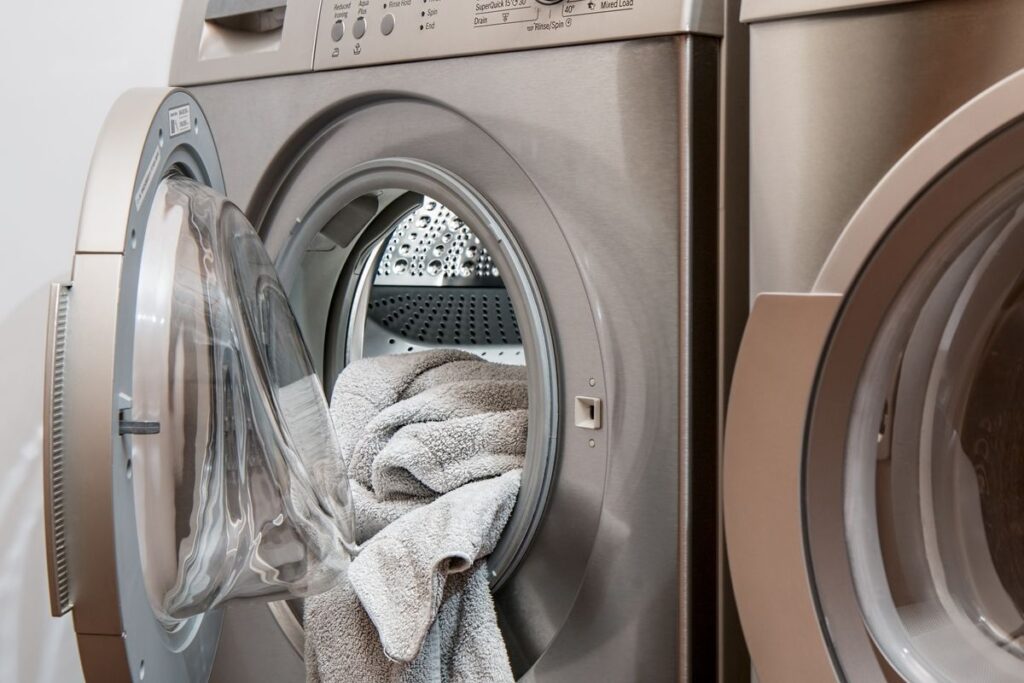
5. **Cheap/Off-Brand Smart Devices**
The allure of inexpensive smart home gadgets is undeniable, promising advanced functionality without a hefty price tag. However, as cybersecurity researcher Chet Wisniewski, head security researcher at Sophos, discovered, these savings often come at a severe security cost. His investigation into knockoff smart devices at Fry’s Electronics revealed a shocking truth: the low price tag often correlates directly with dangerously weak security, making these devices some of your softest targets.
Wisniewski’s research demonstrated that he didn’t even need to hack any hardware to infiltrate his network through these cheap smart gadgets. The problem lay squarely in their software, which was riddled with vulnerable, outdated code. It took him less than an hour to worm his way onto his network, highlighting how easily these devices can become backdoors for cybercriminals. This ease of exploitation is a stark warning against prioritizing cost over security when it comes to connecting devices to your home network.
This issue is not accidental; it’s a systemic problem driven by manufacturing priorities. Many manufacturers of budget-friendly smart devices operate on thin margins and rapid development cycles. Their focus often prioritizes features, integrations, and ease-of-use over robust cybersecurity. They frequently rely on what experts call “security through obscurity” – hoping that no one will bother to find flaws – rather than investing in actual defenses. This approach leaves devices with minimal security protections from the moment they leave the factory.
To protect your home, the message is clear: exercise extreme caution with cheap or off-brand smart products. There’s a reason top-rated smart devices frequently appear on best-of lists; like best-in-class home security systems, these products take security seriously, including their software. This level of commitment is rarely found in any off-brand product you might pick up from a discount shelf. Investing in reputable brands is not just about quality; it’s about safeguarding your entire home network from becoming an open invitation for hackers. Choosing cheap may be acceptable for a T-shirt, but for automating your home, it presents a huge and unacceptable risk.

6. **Devices with Weak or Default Passwords**
One of the most fundamental yet persistently exploited vulnerabilities in smart home security is the use of weak or default passwords. Many smart devices, in an effort to simplify setup, come pre-configured with easily guessable default passwords that often remain unchanged across entire product lines. This practice creates a massive security gap, providing knowledgeable hackers with an immediate and straightforward pathway into your devices and, subsequently, your broader home network.
The danger is compounded when users neglect to change these defaults or opt for passwords that can be easily figured out, such as their address, birthdate, or simple sequences. These are not just minor inconveniences; they are direct invitations for cybercriminals to breach your system. Bruce Young explains that once a hacker gains access to one IoT device through such a weakness, they could potentially move laterally within your network, including cloud services connected to your phone or home network, if security measures aren’t strong.
The historical impact of this vulnerability is significant, as demonstrated by events like the Mirai Botnet in 2016. This malware exploited IoT devices that still used default usernames and passwords, forming a vast botnet that launched a massive Distributed Denial of Service (DDoS) attack on Dyn. This attack disrupted access to major websites including Twitter, Netflix, and many others, showcasing how widespread exploitation of basic security flaws can have far-reaching consequences beyond individual households. Unfortunately, many devices today remain vulnerable to similar exploits.
Protecting your smart home from this primary attack vector is relatively simple but critically important. The first and most crucial step is to always change default passwords immediately upon setting up any new smart device. Choose strong, unique passwords for every single device and ensure they are not easily traceable to personal information. Furthermore, wherever possible, install and enable two-factor authentication. This adds an essential extra layer of security, requiring a second verification step beyond just a password, making it significantly harder for unauthorized users to gain access even if they manage to crack your password. These precautions are your first line of defense against the simplest, yet most effective, hacking methods.
Welcome back, savvy smart home enthusiasts! If you’ve been following along, you’ve already fortified your defenses against some of the most immediate smart home threats. But the digital landscape is constantly evolving, and cybercriminals are always looking for new entry points. It’s time to dive deeper, moving beyond the basics to tackle some of the more systemic and often overlooked risks that can compromise your hyper-connected haven.
Our homes are becoming intricate networks of devices, and understanding the deeper vulnerabilities—from network weaknesses to data privacy pitfalls and the looming shadow of AI-powered threats—is essential for truly securing your digital domain. Let’s unplug some more potential dangers and arm ourselves with the knowledge to stay one step ahead.
Read more about: Unlock Warp Speed: 14 Simple Steps to Supercharge Your Internet Connection Today
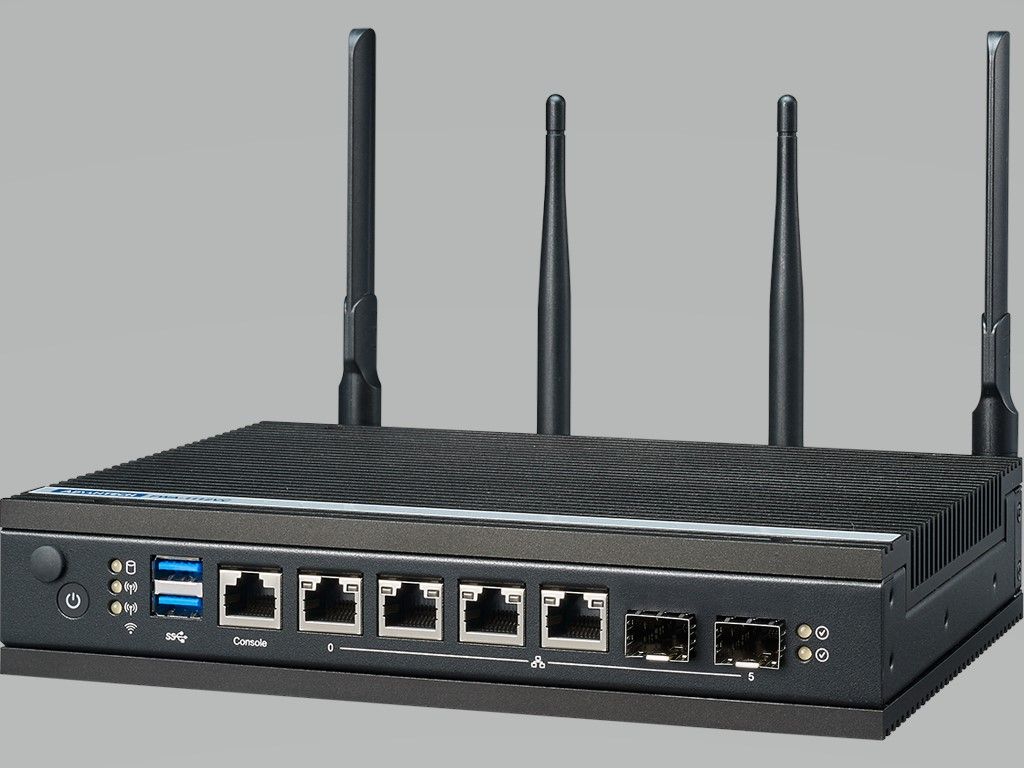
7. **Unsecured Networks**
The convenience of connecting all your smart gadgets to your home’s Wi-Fi network is undeniable, allowing seamless control and interaction. However, this very connectivity introduces a critical vulnerability if your network itself isn’t properly secured. Think of your Wi-Fi as the digital front door to your entire smart home; leaving it open is an open invitation for cybercriminals, not the kind who will break in to steal your physical stuff, but those that can break into your home network to steal your data or even spy on you.
Bruce Young, program lead and instructor of cybersecurity at Harrisburg University of Science and Technology, notes that once a hacker gains access to one IoT device through a weakness, they could potentially move laterally within your network, including cloud services connected to your phone or home network, if security measures aren’t strong. An unsecured network provides hackers with an incredibly straightforward pathway to access not just one device, but potentially every connected appliance and personal device in your home. This could mean unauthorized access to sensitive personal information, making your entire digital life an open book.
The solution here is fundamental but often overlooked: password-protect your home Wi-Fi network without delay. Beyond simply having a password, consider upgrading your router to WPA3 security, if it isn’t already using it. WPA3 technology, which replaced WPA2 in 2020, makes it significantly harder for would-be snoopers to snatch even simple passwords from you. Critically, it also makes it impossible for them to listen in on your home traffic, providing an ironclad layer of defense.
To further bolster your network’s resilience, it’s wise to disable unnecessary access accounts to your Wi-Fi network. Additionally, consider setting up a guest network specifically for your IoT devices. This segmenting of your network means that even if a smart device is compromised, the attacker is contained within the guest network, preventing them from easily accessing your personal computers, smartphones, and sensitive data residing on your main network. These proactive steps transform your Wi-Fi from a potential liability into a robust shield.
Read more about: Unlock Warp Speed: 14 Simple Steps to Supercharge Your Internet Connection Today
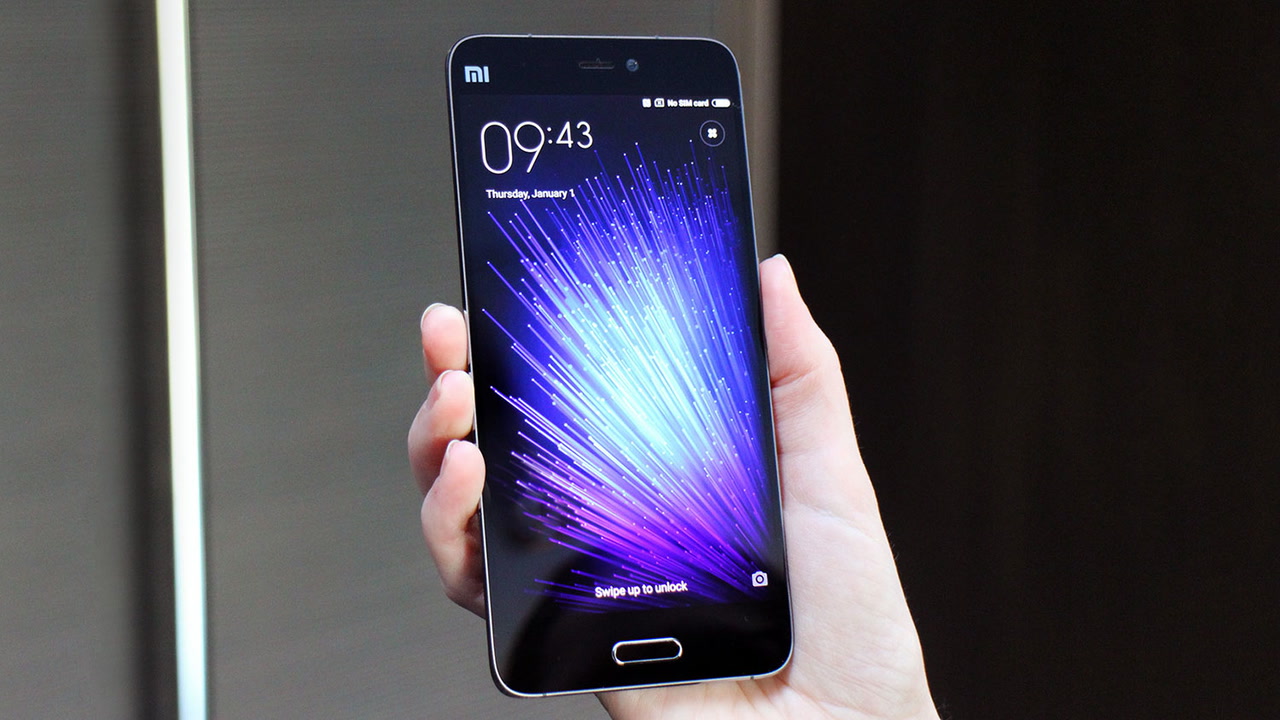
8. **Devices with Outdated Firmware**
Much like your smartphone or computer, smart home devices rely on firmware—the embedded software that controls their basic functions. Just as operating systems need regular updates to patch vulnerabilities, so too does the firmware on your smart lights, thermostats, and other connected gadgets. A critical risk many users overlook is the neglect of these updates, leaving devices vulnerable to security flaws that can be exploited by hackers, as explained by Bruce Young.
This isn’t merely a theoretical concern; it’s a systemic problem. Many smart devices aren’t regularly updated, creating a persistent security gap. If a vulnerability is discovered in older firmware, and the device lacks the functionality for over-the-air (OTA) updates, there may be no way to fix it without completely replacing the device. This results in long-term smart device vulnerabilities, a particularly troubling prospect as AI-powered threats evolve faster than legacy hardware can keep pace, as highlighted in the context’s discussion of the “AI-Powered Malware Time Bomb.”
The challenge is often rooted in the cost-driven design philosophy of many manufacturers. Operating on thin margins and rapid development cycles, many smart devices are rushed to market with minimal security protections. Their focus frequently lies on features and ease of use rather than robust cybersecurity, often relying on “security through obscurity”—hoping that flaws won’t be discovered. This approach means critical vulnerabilities can remain unaddressed for the device’s entire lifespan.
To mitigate this pervasive risk, it’s imperative to regularly update your device software whenever updates become available. Take the time to check for and install them. Furthermore, prioritize purchasing smart devices from reputable companies known for their commitment to security and their robust support lifecycles, which include guaranteed OTA updates. These brands invest in secure-by-design principles and continuously work to patch vulnerabilities, ensuring your devices remain protected against emerging threats.
Read more about: Unlock Warp Speed: 14 Simple Steps to Supercharge Your Internet Connection Today

9. **Cloud-Based Smart Appliances**
The “cloud” has become a buzzword for convenience, enabling remote monitoring and management of our smart appliances from anywhere. However, as the context points out, it’s often used as a euphemism for sensitive information that is openly transmitted and/or stored on internet-accessible systems, often disguising significant risks. Cloud-based gadgets are inherently vulnerable to cyberattacks because many unsafely transmit data over the web, and sometimes, these transmissions aren’t even necessary.
Ruslan Vinahradau, CEO of smart-home technology firm Zorachka, emphasizes this danger, stating that “Cloud devices can pose security problems for homeowners since data, such as video data for cameras, are not encrypted when sent over the internet. Thus, cloud hardware is a target for cyber intrusions.” This means that your private video feeds, personal data, and other sensitive information could be intercepted and accessed by unauthorized parties if not properly encrypted, turning the convenience of remote access into a glaring security hole.
This vulnerability resonates deeply with consumer concerns. A 2019 Pew survey revealed that a significant portion of smart speaker owners—54%—are concerned about the amount of personal data their devices collect. Even more, 49%, found it unacceptable for manufacturers to share audio recordings with law enforcement. These figures underscore a broader apprehension about the lack of transparency and control over what data is collected, how it’s stored, and who ultimately has access to it when devices rely heavily on cloud services.
To protect your digital privacy and security from these cloud-centric risks, homeowners should actively investigate technologies that come with internal storage capabilities, as well as robust encryption for any data transmitted over the internet. These features make it significantly harder for cybercriminals to hack your data or household. Additionally, limiting the number of devices you use to manage your IoT appliances can reduce the overall attack surface, ensuring fewer potential points of compromise for your sensitive cloud-stored information.
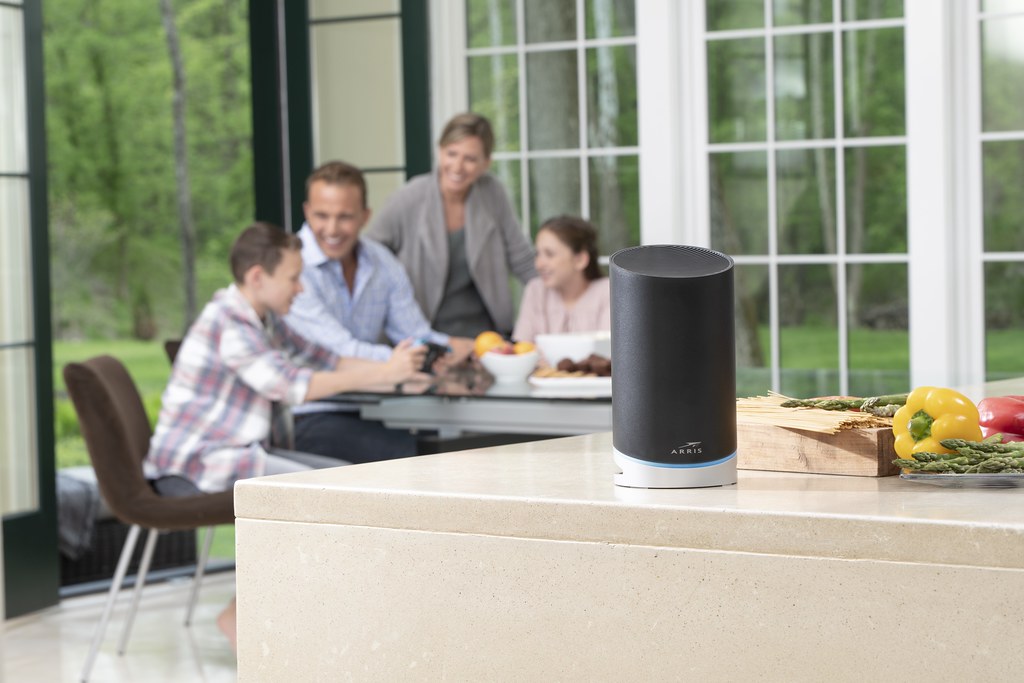
10. **Devices Demanding Extensive Permissions**
Setting up a new smart home device often involves downloading an app that then requests a dizzying array of permissions: access to your camera, microphone, connected locks, location data, and even other apps on your phone. Manufacturers often claim these permissions are essential for personalizing your experience or enabling full functionality. While this might sometimes be true, a crucial problem arises when users grant these permissions without truly understanding the fine print—the voluminous terms and conditions that most of us scroll past.
The danger in this common practice is profound. If an app that has been granted extensive permissions becomes compromised, the consequences can be severe. Imagine an app that controls your smart lock getting hacked; suddenly, your physical security is at risk. Or consider an app with access to your thermostat, which could be manipulated. Even more insidiously, your personal data could be harvested and sold to big tech companies, or worse, fall into the hands of cybercriminals. This “complexity begets more complexity,” as the context aptly puts it, is a reality of smart systems that homeowners must confront.
Many users, in an effort to simplify setup, don’t change default credentials, segment their home networks, or enable available security features. Even when best practices are known, configuration complexity can be a barrier, inadvertently exposing users to unnecessary IoT security risks. The sheer number of permissions requested and the opaque nature of data handling can make informed consent challenging, leaving users vulnerable to unseen threats and potential privacy violations.
To safeguard your home and personal data, exercise extreme caution when granting permissions. Take the time to review precisely what each app is requesting and consider if that access is truly necessary for the device’s core function. If an app is asking for microphone access for a smart light switch, for example, that should raise a red flag. Where possible, call the manufacturer and inquire if it’s possible to opt-out of data harvesting. Furthermore, actively disable unnecessary features and remote access points on your devices, minimizing the potential attack surface and retaining greater control over your smart home’s digital footprint.
Read more about: Expert-Reviewed: 7 Leading No-Log VPN Services for Privacy-Conscious Users, Featuring a Top Free Option

11. **Supply Chain Vulnerabilities**
When you purchase a smart home device, you’re not just buying a product from a single manufacturer; you’re buying into a complex global supply chain. Many manufacturers of smart devices rely on common software libraries or chipsets sourced from various third parties. This interconnected web creates a significant, often invisible, risk: if just one of these upstream components is vulnerable, it can have a cascading effect, impacting thousands of devices from different brands that incorporate that same component.
This issue amplifies the “surface area explosion” of connected devices, where every new gadget adds a new potential attack vector, expanding the overall smart home cybersecurity weakness. A flaw introduced early in the supply chain, perhaps in a widely used chip or software module, means that even devices from reputable brands could unknowingly carry a hidden vulnerability from the factory floor. This systemic risk is particularly insidious because it’s beyond the direct control of the end-user or even the immediate product manufacturer.
The fragmented ecosystem of IoT device security, coupled with a lack of universally adopted standards, exacerbates this problem. While frameworks like NIST SP 800-213 exist, many consumer-grade products are simply not designed to meet enterprise-level security expectations. Manufacturers, often driven by cost and rapid development, may not have the resources or incentive to rigorously vet every component in their supply chain for potential weaknesses, further contributing to widespread connected home risks.
As a homeowner, protecting yourself from these deeper supply chain vulnerabilities requires a proactive approach. Always prioritize buying from reputable companies that have a demonstrated commitment to security, including rigorous vetting of their components and implementing “secure-by-design” principles from the outset. Consider segmenting your network by using a guest network for IoT devices. Additionally, remain vigilant and be wary of offers via email and pop-ups that sound too good to be true, and stay informed about the latest phishing scams, as these can also be vectors to exploit vulnerable devices or users.
Read more about: The Annual Intellect: 15 Foundational Books Top Business Leaders Revisit for Enduring Success

12. **AI-Enabled Attack Vectors**
The rapid evolution of artificial intelligence is a double-edged sword for smart home security, ushering in an era of “smarter attacks, dumber defenses” if we’re not prepared. AI is being weaponized by attackers to automatically scan networks, identify outdated firmware, and prioritize the most vulnerable targets. These automated reconnaissance scans represent just one tactic in a growing arsenal of AI-enabled attacks, posing a new wave of cyber threats in our hyper-connected homes.
Beyond reconnaissance, AI enables more sophisticated and direct attacks. “Deepfake Voice Commands and Smart Assistant Hijacking” are no longer science fiction; attackers are now generating synthetic voices that mimic household members. In documented cases, these deepfakes have tricked smart assistants into executing unauthorized actions, from making purchases to unlocking doors, significantly expanding the landscape of smart home cybersecurity threats. Similarly, “Machine Learning Exploits in Smart Cameras and Sensors” involve feeding misleading data to camera models or AI-based motion sensors, causing them to ignore intrusions or mislabel genuine threats, creating a dangerous blind spot in your home’s security.
The profound impact of AI means that while it powers advanced attacks, it also offers new defense options. The future of smart home security will undoubtedly involve “AI-enhanced defense platforms,” mandatory security certifications, and regulatory frameworks pushing for longer update lifecycles and greater transparency. The landscape is indeed changing, and AI is at the very center of both the threat and the solution, necessitating a continuous evolution in our defensive strategies.
For users, this means a heightened need for vigilance and continuous education. Proactive defenses are paramount; audit your smart home devices today, segment your network, and disable anything you don’t need. Stay informed about the latest AI-driven cyber threats and smart device vulnerabilities. By understanding how AI amplifies risks and also recognizing its potential in advanced detection and response tools, you can better prepare your smart home for the challenges of tomorrow, ensuring your convenience doesn’t come at the cost of your security.
As we conclude our deep dive into the hidden vulnerabilities of smart home products, one truth becomes abundantly clear: the promise of effortless, hyper-connected living comes with a profound responsibility. Smart home cybersecurity remains one of the weakest links in our modern digital infrastructure, a complex landscape shaped by fragmented ecosystems, economic incentives, and regulatory gaps. Even the most tech-savvy among us are at risk if we don’t actively engage with the security implications of our devices.
But this isn’t a call for panic; it’s a call for empowerment. The tools and knowledge to fortify your digital fortress are within reach. By choosing reputable brands, maintaining strong passwords, updating firmware diligently, scrutinizing app permissions, securing your networks, and understanding emerging threats like those powered by AI, you can transform your smart home from a potential target into a bastion of convenience and peace of mind. Remember, your vigilance is the ultimate smart home upgrade—it’s time to unplug complacency and plug into proactive protection.



